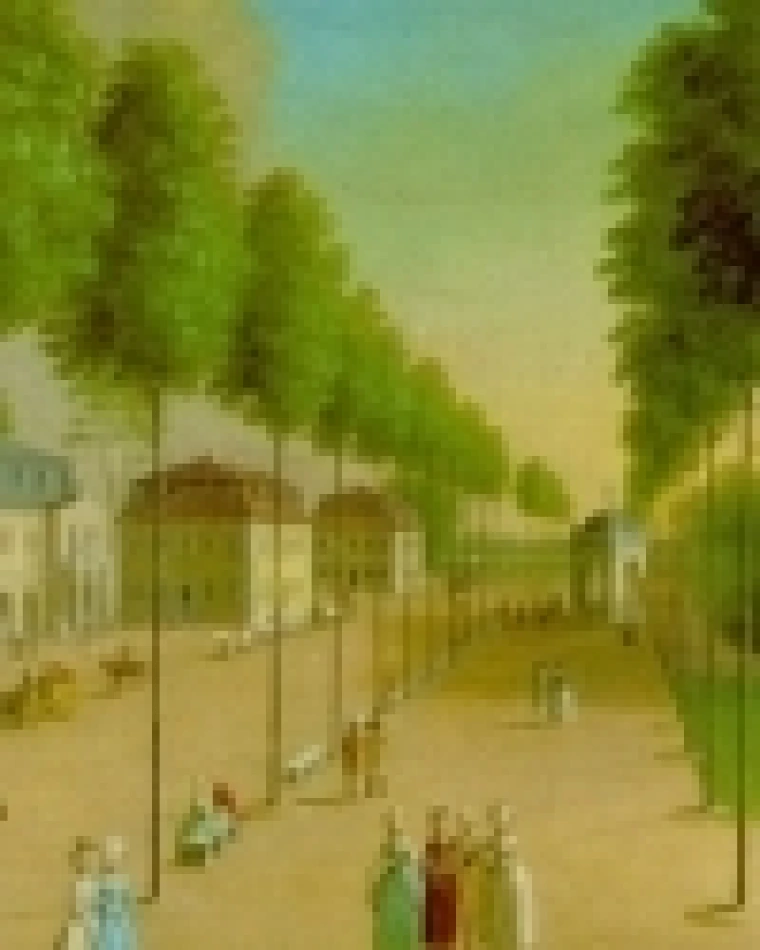Please join us for the second German Studies colloquium presentation of the academic year 2013-2014, presented by our colleague Prof. Ute Lotz-Heumann of the Department of History. Prof. Lotz-Heumann is the Heiko A. Oberman Professor of Late Medieval and Reformation History, and her professional bio can be found here http://dlmrs.web.arizona.edu/user/94.
The theme of her talk is: German Spas in the Eighteenth Century: A Meeting Place for the Nobility and Bourgeoisie. In eighteenth-century Germany, about sixty spa towns had a supraregional significance and received the attention of the media of the time. These spas were increasingly frequented by the urban elites, the rising professional classes and the nobility from the late seventeenth century onward, so that a social practice of regular spa-going developed. For these social elites the spa fulfilled three functions: a health function, a recreational function, and as a laboratory of nineteenth-century bourgeois society. In the territorially divided German Empire, spas served above all as meeting places for social elites and developed a similar function to that of reading societies, masonic lodges, coffee houses and salons in Enlightenment Europe. The paper will explore how the spa as a laboratory of nineteenth-century bourgeois society was described in journal articles, spa guides, travelogues, novels, plays, and poetry about spas.


